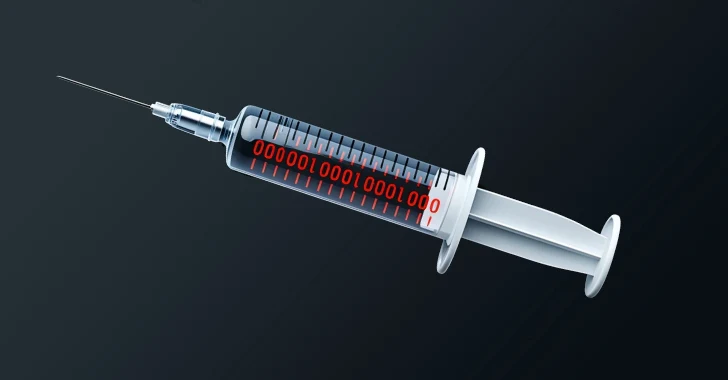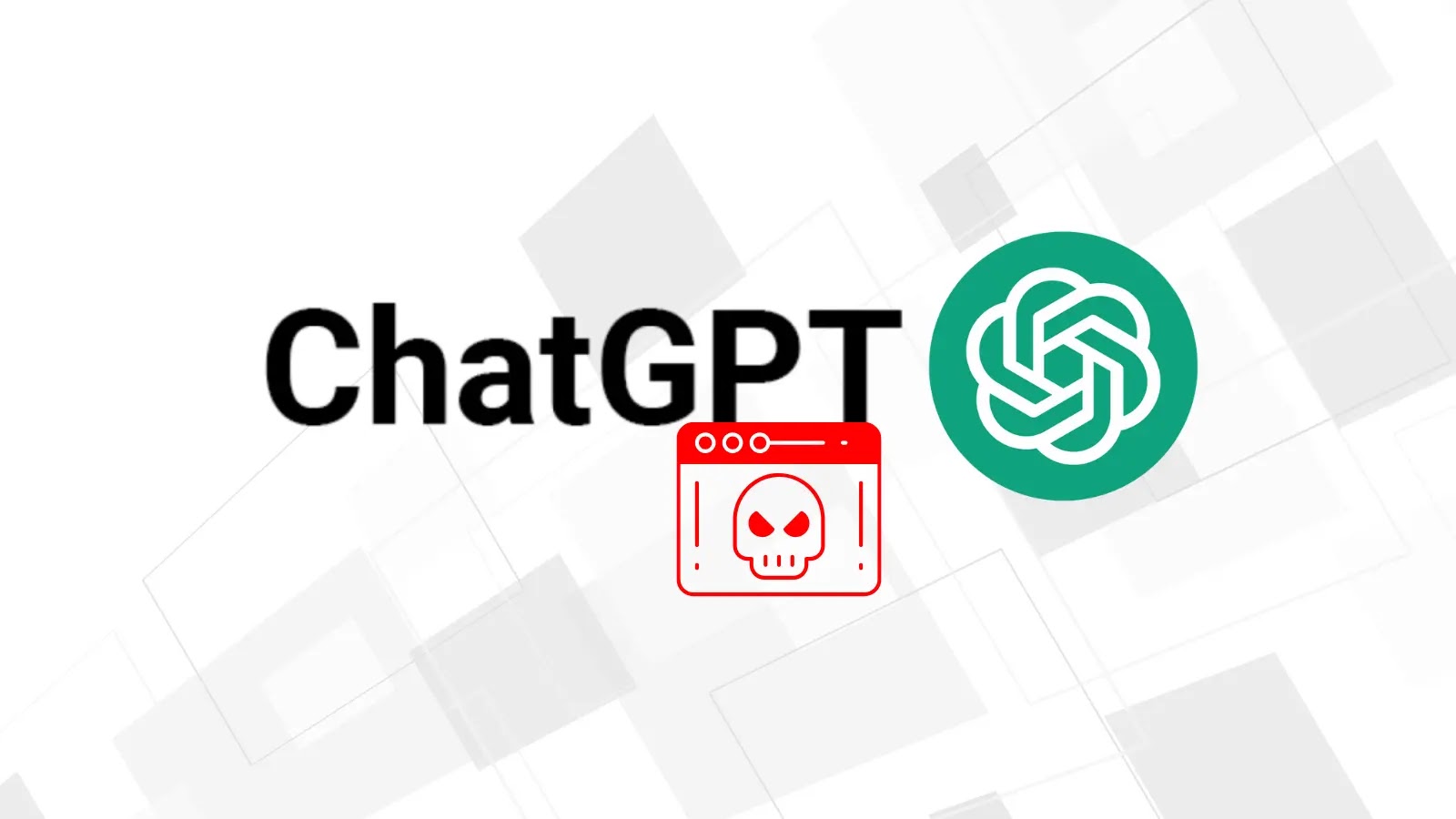In recent developments, cybersecurity experts have identified a sophisticated remote access trojan (RAT) named ResolverRAT, which is actively targeting the healthcare and pharmaceutical industries. This malware campaign employs fear-inducing phishing emails to deceive recipients into downloading malicious files, leading to unauthorized access and potential data breaches.
Phishing Tactics and Infection Mechanism
The attackers craft phishing emails that exploit themes of legal investigations or copyright violations, creating a false sense of urgency. These emails are meticulously localized, appearing in languages such as Hindi, Italian, Czech, Turkish, Portuguese, and Indonesian, indicating a broad and region-specific targeting strategy. Upon clicking the malicious link within these emails, victims are directed to download a file that initiates the ResolverRAT execution chain.
A notable aspect of this campaign is the use of the DLL side-loading technique. This method involves placing a malicious DLL file in a directory where a legitimate application is expected to load it, thereby executing the malware without raising immediate suspicion. The initial stage operates as an in-memory loader, decrypting and executing the main payload while employing various evasion tactics to remain undetected. These include encryption, compression, and maintaining the payload solely in memory post-decryption.
Advanced Persistence and Evasion Techniques
ResolverRAT demonstrates a sophisticated multi-stage initialization process designed for stealth and resilience. It implements multiple redundant persistence methods, such as modifying Windows Registry entries and installing itself in various file system locations. This ensures the malware’s continued operation even if some components are removed or disabled.
Communication with the command-and-control (C2) server is secured through a bespoke certificate-based authentication system, allowing the malware to bypass the machine’s root authorities. Additionally, ResolverRAT employs an IP rotation mechanism, enabling it to connect to alternate C2 servers if the primary one becomes unavailable or is taken down. These features highlight the threat actor’s advanced capabilities in maintaining persistent access while evading detection.
Implications for the Healthcare Sector
The healthcare industry has increasingly become a prime target for cybercriminals. According to a report by Sophos, two-thirds (67%) of healthcare organizations were impacted by ransomware attacks in the past year, marking a four-year high. The sensitive nature of healthcare data and the critical need for system availability make these organizations particularly vulnerable. The emergence of ResolverRAT adds to the growing list of threats facing the sector.
In 2024, ransomware was involved in 91% of malware-related data breaches in the healthcare sector, with groups like LockBit 3.0 being notably active. These attacks have led to significant operational disruptions, financial losses, and, most critically, compromised patient care. The introduction of sophisticated malware like ResolverRAT underscores the evolving tactics of cybercriminals targeting healthcare institutions.
Recommendations for Mitigation
To defend against such advanced threats, healthcare organizations should adopt a multi-layered cybersecurity strategy:
– Regular Software Updates and Patch Management: Ensure that all systems and applications are up-to-date to mitigate vulnerabilities that could be exploited by malware.
– Strong Access Controls and Authentication Protocols: Implement multi-factor authentication (MFA) and adhere to the principle of least privilege to limit unauthorized access.
– Continuous Monitoring: Establish 24/7 monitoring systems to detect and respond to suspicious activities promptly.
– Employee Training: Conduct regular training sessions to educate staff on recognizing phishing attempts and other social engineering tactics.
– Incident Response Planning: Develop and regularly update incident response plans to ensure swift action in the event of a cyberattack.
By implementing these measures, healthcare organizations can enhance their resilience against sophisticated malware campaigns like ResolverRAT and protect sensitive patient data from unauthorized access.



